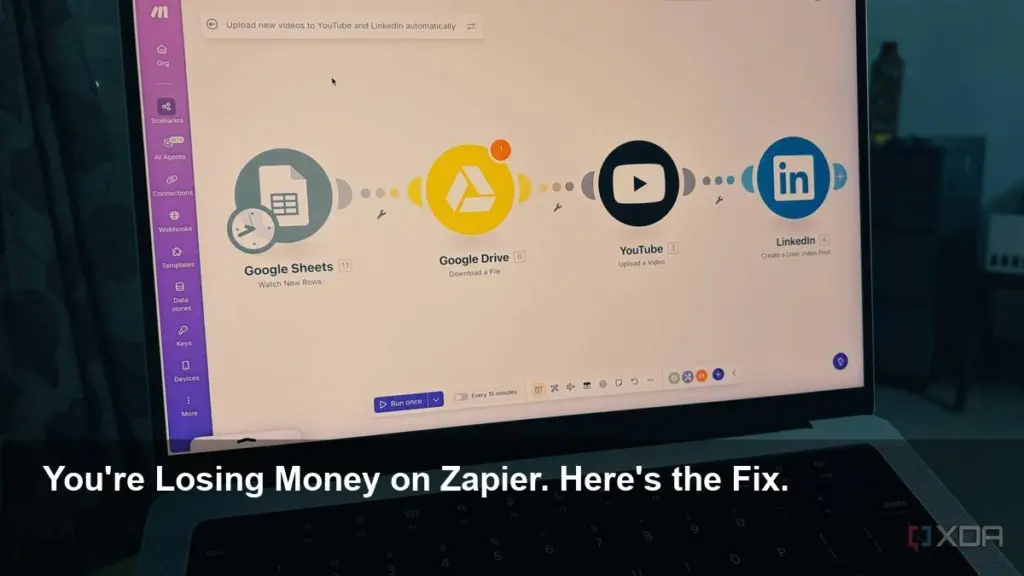- In a significant shift, users are moving away from established automation platforms like Zapier and n8n.
- The primary drivers for this change are Zapier’s prohibitive costs for complex workflows and the self-hosting maintenance required for n8n.
- Pipedream is emerging as the preferred alternative, offering a developer-centric, serverless platform that combines code-level control with a managed infrastructure.
- This new tool hits the sweet spot between ease of use and powerful, customizable functionality, signaling a new era for workflow automation.
The End of an Era for Zapier and n8n?
For years, the automation landscape has been dominated by two major players: Zapier, the user-friendly but often expensive giant, and n8n, the powerful, open-source alternative that demands technical know-how for self-hosting. However, a growing number of power users and developers are finding themselves caught between a rock and a hard place—forced to choose between crippling costs and time-consuming maintenance. Now, a new contender is disrupting the status quo and offering a solution that many have been waiting for: Pipedream.
The Problem with the Titans
The core issue stems from the fundamental trade-offs presented by the leading platforms. While they have empowered countless users to automate their digital lives, their limitations have become increasingly apparent.
H4: Zapier’s Costly Convenience
Zapier is renowned for its simplicity and vast library of integrations. Anyone can connect apps and build workflows, or “Zaps,” with just a few clicks. The problem arises when your needs become more complex. Zapier’s pricing model, which is based on the number of “tasks” a workflow performs, can quickly become astronomically expensive. A single workflow with multiple steps can consume your task allowance in no time, forcing you into high-priced tiers that are difficult to justify.
H4: n8n’s Maintenance Overhead
For those who fled Zapier’s pricing, n8n often seemed like the perfect answer. It’s open-source, flexible, and can be self-hosted, giving users complete control. However, this control comes at a price: maintenance. Running your own n8n instance means managing a server, handling updates, ensuring security, and troubleshooting when things go wrong. It’s a significant commitment that detracts from the primary goal of simply building and running automations.
The Solution: Why Pipedream is the Next-Gen Choice
Pipedream is capturing the attention of the developer community because it directly addresses the shortcomings of its predecessors. Billed as a “serverless integration platform for developers,” it masterfully blends the best of both worlds.
H3: Code at the Core
Unlike the mostly no-code interfaces of its competitors, Pipedream is built for those who aren’t afraid of code. Every step in a workflow can be a pre-built action or a custom script written in Node.js, Python, Go, or even Bash. This provides limitless flexibility to interact with any API, transform data in complex ways, and build truly bespoke automations without being confined to a rigid UI.
H3: A Developer’s Dream Come True
What truly sets Pipedream apart is that it offers this code-level power without the burden of server management. As a serverless platform, it handles all the infrastructure, scaling, and maintenance for you. This “pro-code” approach is complemented by features developers love, such as a command-line interface (CLI), version control, and a pricing model that is far more generous and predictable for high-volume tasks. It’s the powerful, managed, and cost-effective solution that finally resolves the automation dilemma.
Image Referance: https://www.xda-developers.com/moving-on-from-zapier-n8n-the-automation-platform-switching-to/

